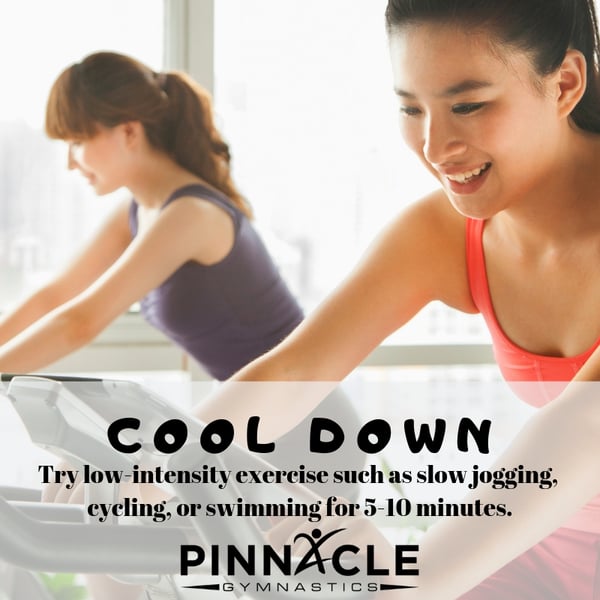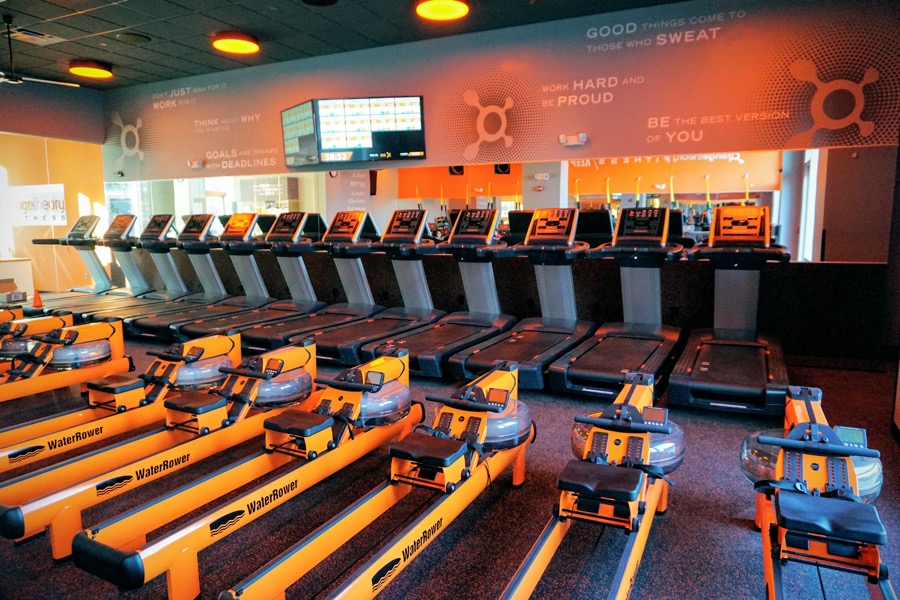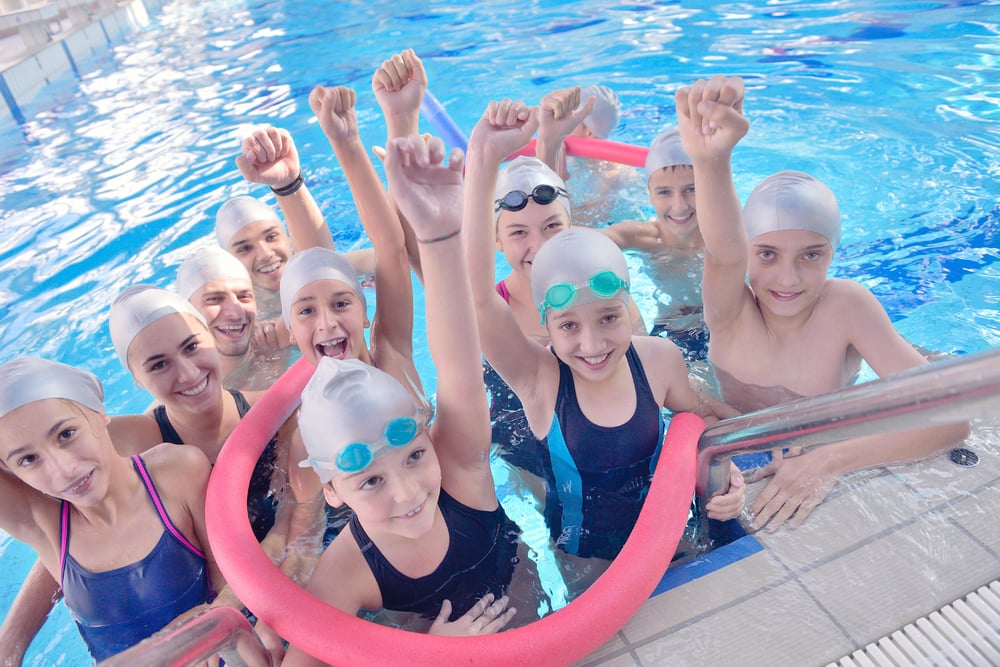The Importance of Warm Up And Cool Down For Exercise
The effects of exercise on the body play a huge role to allow for healthy functioning of our different biological systems. However, exercise can also create a higher risk of injury if the body is not prepared for that type of exercise. Warm up and cool down for physical activity is crucial to prepare the body and to gradually return to a natural, resting state.

The Importance of Warming Up
An efficient warm up prepares the body for the type of exercise we are about to complete. This can vary from long runs, weight lifting, adult fitness classes, or recreational or team sports. The warm up needs to be activity specific starting from a general base to star the warm up, finishing with specific exercises for final prep.
Starting a warm up with moderate aerobic activity prepares the cardiovascular and respiratory systems for the upcoming activity. It also increases performance for the activity if specific exercises are completed. For example, jumping performance increases when jump warm up exercises are completed prior to activity. An increase in blood flow and oxygen levels to muscles provides an increase in muscle temperature and energy supply

The Benefits of Dynamic Warm Up
Dynamic warm up is more efficient for warm up over static stretching for increased range of motion and blood flow. Dynamic warm up consists of leg swings against the wall, calf raises, skips, hops, and long, quick stretching movements. Dynamic warm up is proven to reduce the risk of injuries with increased body temperature, increased range of motion, and improved neurological connection to the muscles
Foam Rolling Method
The foam rolling method allows for blood flow to increase throughout the muscle and breaking down knots within the muscle to decrease muscle stiffness and increase range of motion
The Importance of Cooling Down
Cooling down is just as important as warming up prior to exercise. The cool down is easily forgotten by people finishing a workout and switching to a different task that is a part of their day. Cooling down allows for the body to return to a natural resting state. An active cool down transitioning into a passive cool down is the most effective to reduce muscle soreness, improve muscle recovery, and to allow for the body to recycle chemical bi-products in the body from the previous physical activity. It assists with glycogen re-synthesis which allows for the body to replenish the energy supply used in exercise. However, this muscle can be supplemented with an intake of carbohydrates post exercise which is generally 0.5 grams of carbs per pound of body weight. Here are some of the more effective methods for the cool down.
- Low-intensity exercise such as slow jogging, cycling, or swimming for 5-10 minutes
- Light body weight exercises can be used as well such as lunges or squats
- Foam rolling to increase blood flow, remove exercise chemical bi-products, and the breakdown of knots within the muscle. (Most effective if paired with low-intensity exercise)
- Static stretching to improve range of motion and flexibility/mobility post exercise

Cooling down with these types of methods, spending 10-20 minutes assists with your body’s ability to repair muscle tissue, improve recover and soreness, and improve performance. A proper cool down also provides more opportunities to improve your cardiovascular and respiratory systems. It also helps with your mood that you took the extra steps to take care of your body!




